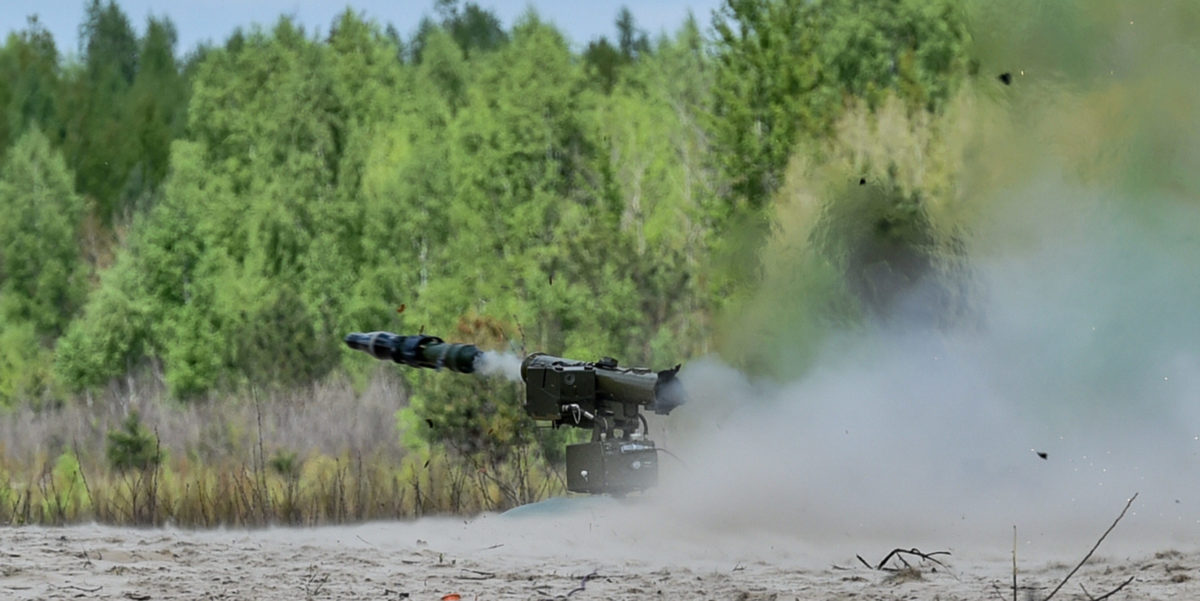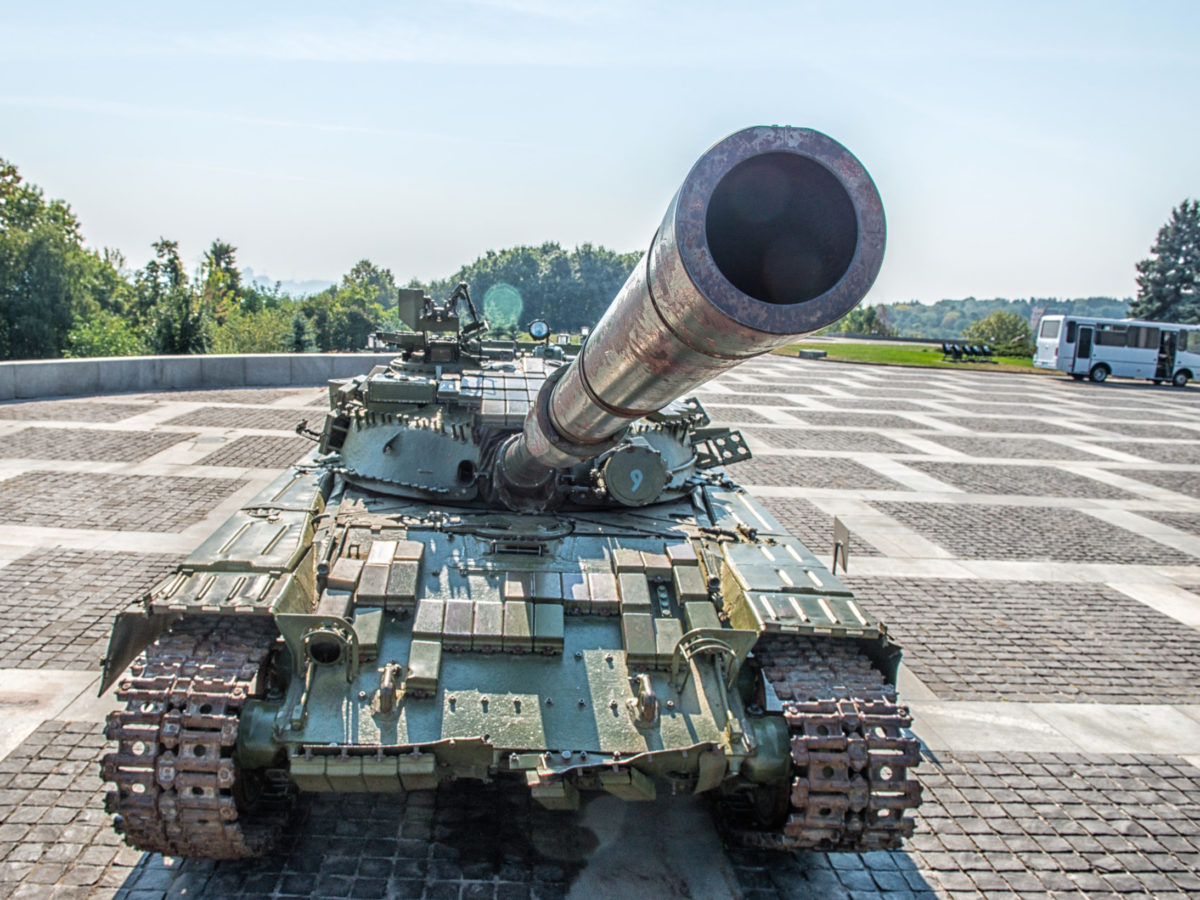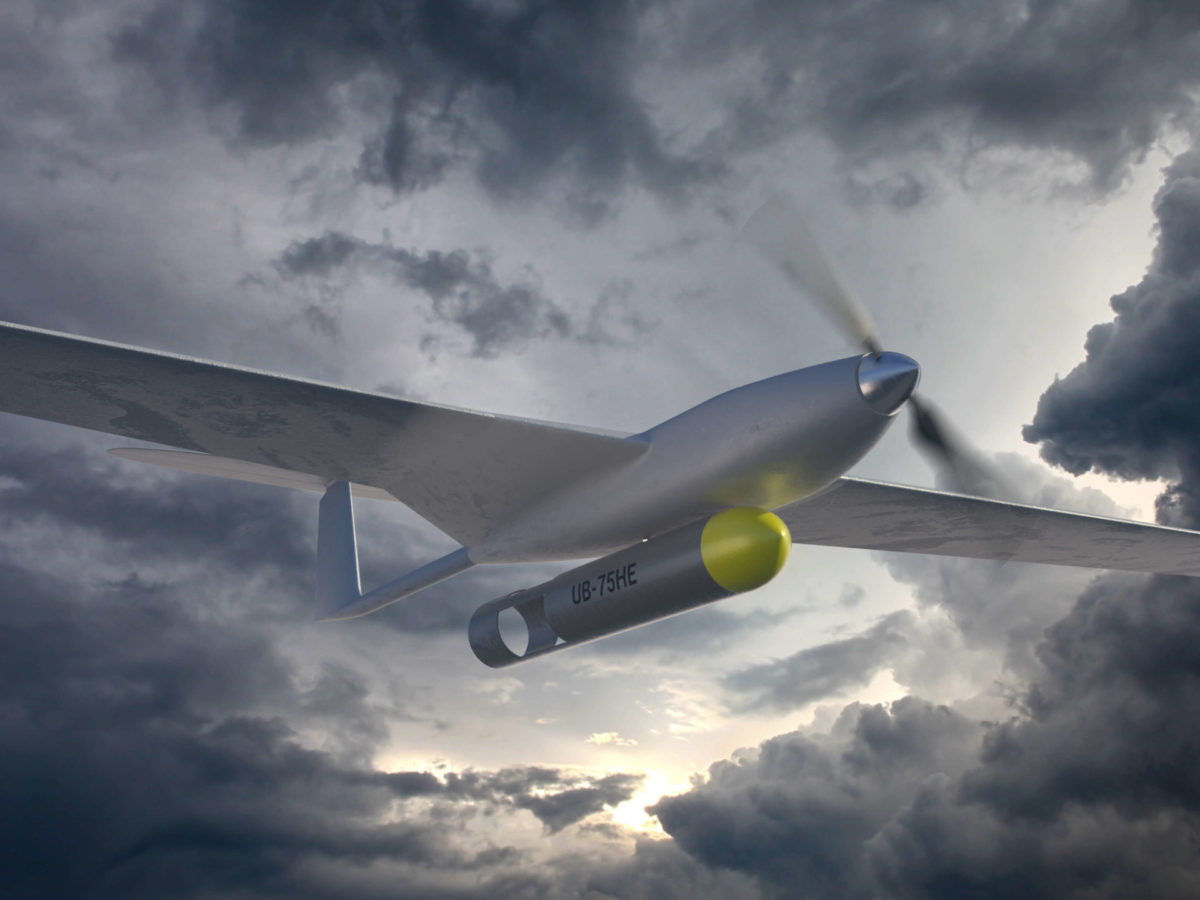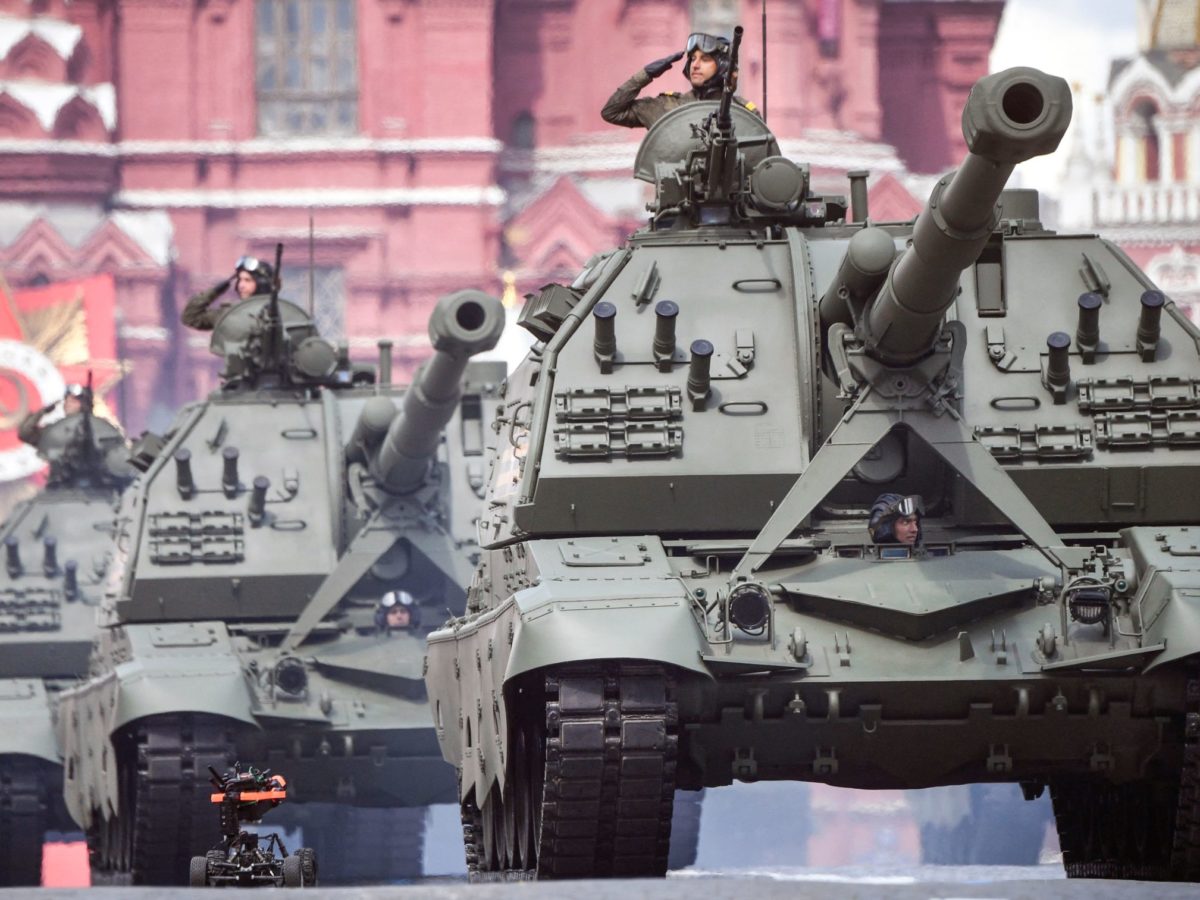While a camera recorded the moment on April 5, 2022 a Ukrainian antitank team took careful aim at the approaching Russian Kamov KA-52 attack helicopter and then launched their missile. For several seconds, they monitored its flight, knowing that if it went erratic, they could expect a murderous volley of ordnance from what the North Atlantic Treaty Association codenamed Hokum-B, but which the Russians dubbed the “Alligator.”
Then, as it closed, the missile altered course slightly and speared its target, exploding it in midair while the Ukrainians briefly cheered and then set about moving their weapon to another location, lest they attracted unwelcome aerial attention.
The Ukrainians’ success made a welcome addition to those appearing on the internet, but not solely for the shootdown. Their missile had been designed as an antitank weapon, though on this occasion, they had proved its ability to take down a low flying aircraft as well. Adding to the crew’s elation was the fact that their Stugna-P system was made in Ukraine.
GET HISTORY’S GREATEST TALES—RIGHT IN YOUR INBOX
Subscribe to our HistoryNet Now! newsletter for the best of the past, delivered every Monday and Thursday.
History of the Stugna-P
The Stugna-P (named for a river in Ukraine) was developed by the Luch State Kyiv Design Bureau, incorporating a laser-riding guidance system produced by the Belorussia Design Bureau Peleng in Minsk. It was accepted for Ukrainian service in 2011 and took part in fighting separatist forces in the Donbas region from summer 2014.
Luch had entertained the idea of selling its creation to other countries under the export name of Skif (“Scythian”), but the Russian-sponsored revolt in the Donbas compelled the Ukrainian armed forces to order more Stugna-Ps for their own use in March 2015. From 2012, the Ukrainian ministry of defense reported having bought 650 command launch units, or CLUs, for the Stugna-P (including some of a smaller lighter variant, the Korsar), 150 Baryer CLUs for installation aboard Ukrainian-built BTR-3 and BTR-4 Bucephalus-wheeled armored personnel carriers, and a total of 7,000 missiles.
They’ve already proven useful in Russia’s full-blown invasion of Ukraine. Twenty days after the Stugna’s first helicopter shoot-down, on April 25, 2022, four Russian tanks were destroyed or damaged near Izyum by four missiles from one Stugna group in four minutes. Among others, the 112th Territorial Defense Force Brigade reported knocking out five Russian vehicles in the Kyiv suburb of Skybyn.
Acquiring some notoriety in the same sector was Tetiana Chornovol, a journalist turned member of parliament turned frontline soldier after her husband, Mykola Berezovi, was killed around Easter 2022. Now a widow with two children, Chornovol described to a visiting interviewer how she guided her Stugna to destroy a Russian tank north of Kyiv, at which point she saw the rest of the enemy tank unit turn tail and retreat.
Recommended for you
The Stugna-P’s Stats
A laser-guided antitank weapon, the Stugna-P consists of a tripod, a missile container, a PDU-215 control panel, a guidance device and a thermographic camera. Although it features semi-automatic guidance, the Stugna-P lacks the fire-and-forget capabilities of the American FGM-148 Javelin or the predicted-line-of-fire feature of the British NLAW. Although its operator must keep the target in sight until impact, it does include enough remote-control cable to allow him to guide the weapon from a concealed position up to 164 feet (50 meters) away. Totaling 229 pounds, including the missile, these components can be carried in four backpacks by a crew of three or four.
The Stugna-P can use any of several guided missiles in either of two diameters. The 130 mm RK-2S tandem-charge high explosive antitank, or HEAT, round, which including its container is about 4 ½ feet (1,360 mm) long, is capable of penetrating explosive reaction armor, or ERA, and 2.6 feet (800 mm) of steel armor on a medium armored vehicle, such as the Russian T-90A tank, while the 152 mm RK-2MK tandem-charge HEAT round, 4.7 feet (1,435 mm) long, can punch through ERA and 3.6 feet (1,100 mm) of armor on a heavy vehicle such as the American M1A1 Abrams. The launcher can also use fragmentation rounds, the 130 mm RK-20F or 152mm RK-2M-OF, for engaging enemy infantry or lightly armored vehicles.
The weapon’s guidance system incorporates a Selex ES SLX Hawk thermal imaging camera that extends the effective range at night or in unfavorable weather. Range varies from as far as 3.4 miles (5.5 kilometers) by day and 1.86 miles (3 kilometers) at night. The missiles cost an average of $20,000 each, and the overall cost of the weapons system is about one-third that of the more sophisticated Javelin.
Although man-portable when disassembled, the Ukrainian National Guard has adapted the Stugna-P for motorized carriage aboard CF Mototracker 800s, and the 93rd Mechanized Brigade has mounted them on Novator 4×4 armored personnel carriers.
Having proven itself in the field, the homegrown Stugna-P has earned its place beside such imports as the Javelin, the NLAW and the Panzerfaust 3 in Ukraine’s antitank arsenal.
historynet magazines
Our 9 best-selling history titles feature in-depth storytelling and iconic imagery to engage and inform on the people, the wars, and the events that shaped America and the world.









